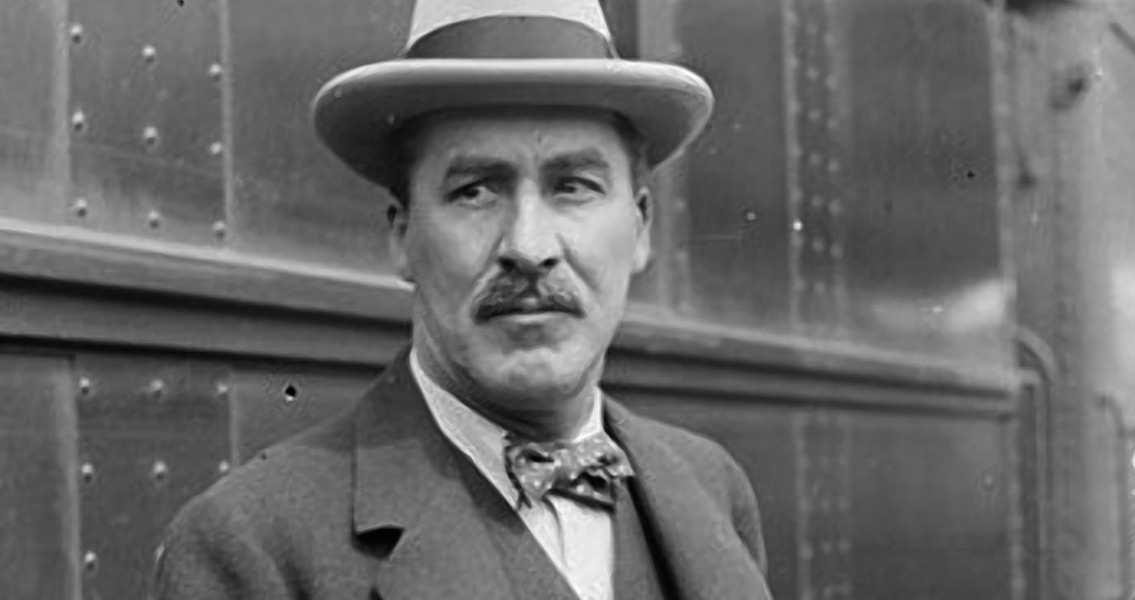<![CDATA[One of the most important archaeological discoveries in history was made on 26th November 1922, when Howard Carter peered into the completely intact tomb of Tutankhamun. On 4th November, Carter and his excavation team found a set of steps that they hoped would lead to the pharaoh's final resting place. After some initial investigations, Carter wired his benefactor and patron: Lord Carnarvon, to come to the site, sensing that he had found something important. On 22nd November, with Carnarvon, Carnarvon's family and others in attendance, Carter chiseled a small hole into the top left hand corner of the tomb's sealed entrance. With the faint light of a candle, Carter was able to catch a glimpse of what lay inside the tomb. When asked by Lord Carnarvon if he could see anything, Carter replied: "Yes, wonderful things." Exactly what Carter's expedition had discovered was not immediately clear, the team unable to determine whether it was a tomb or simply a cache. What was clear was that the chamber Carter had glimpsed through the opening was laden with gold and ebony treasures. Over the next few months continued excavation and cataloguing of the tomb revealed the magnitude of what had been unearthed. Both the British archaeologist and the 4,000 year old boy pharaoh soon became international stars. The discovery fired imaginations across the globe, the level of preservation in the tomb unparalleled in the Valley of the Kings. The timing of the find was vital, Carter very nearly missing out on his chance to simultaneously enter and rewrite the history books. Carter had held a life long interest in Egyptology. At age seventeen he went to Egypt for the first time, working as an illustrator for an archaeologist working on the Middle Kingdom tombs at Beni Hassan. For several years he remained there, working under different archaeologists at different locations; gaining praise for his innovative approach to recording discoveries and keen knowledge of Ancient Egypt. In 1907, Carter came into contact with Lord Carnarvon for the first time, who hired the then 33 year old archaeologist to lead an excavation of several Egyptian nobles' tombs. In 1914, Carnarvon, a wealthy English aristocrat with a passion for Egyptology, obtained a license to dig for the tomb of the famous boy king, Tutankhamun. Carter hired a crew of workers to search the Valley of the Kings for the tomb, but the onset of the First World War ultimately forced them to temporarily abandon their search. At the conclusion of the war Carter resumed his search; by 1922 Carnarvon had started to grow frustrated at the continued elusiveness of King Tut's tomb, and informed Carter that funding for the expedition would stop at the end of the season. Fortunately for Carter, Carnarvon and fans of Egyptology the world over, a boy working in Carter's team as a water fetcher stumbled across a step on 4th November, a step which was quickly revealed to lead to a sealed door and secret chamber. For years after the initial discovery archaeologists continued to explore, excavate and catalogue the plethora of artefacts in Tut's tomb, coming to grips with the sheer size and complexity of the pharaoh's final resting place. It wasn't until February 1923, that Carter managed to find and open the actual burial chamber, laying eyes on the sarcophagus of Tutankhamun for the first time. Even now, close to a century after the discovery, controversy remains over whether there are still more hidden chambers in the complex. Carter finally finished his work at the site in 1932, and retired from archaeology. He spent the last 32 years of his life working at museums, and providing lectures across the world on Egypt and Tutankhamun, helping stoke the fires of a fascination with Egyptology that remains across the world to this day. ]]>
Howard Carter's First Glimpse Into Tutankhamun's Tomb
